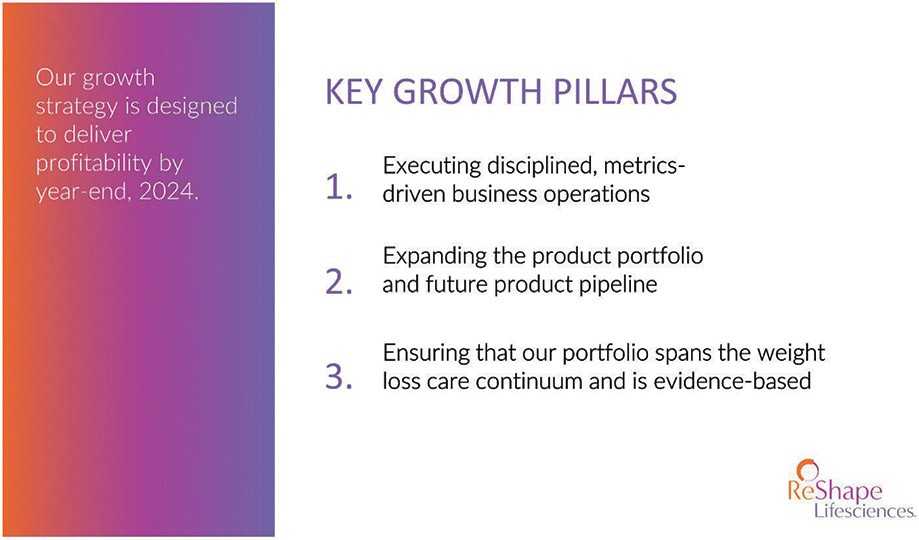actions, can be brought by any individual on behalf of the government and such individuals, commonly known as “whistleblowers,” may share in any amounts paid by the entity to the government in fines or settlement. The frequency of filing qui tam actions has increased significantly in recent years, causing greater numbers of medical device, pharmaceutical and healthcare companies to have to defend a False Claims Act action. When an entity is determined to have violated the federal False Claims Act, it may be required to pay up to three times the actual damages sustained by the government, plus civil penalties for each separate false claim. Various states have also enacted laws modeled after the federal False Claims Act.
The Combined Company may be unable to predict whether it could be subject to actions under any of these laws, or the impact of such actions. If the Combined Company is found to be in violation of any of the laws described above or other applicable state and federal fraud and abuse laws, it may be subject to penalties, including civil and criminal penalties, damages, fines, exclusion from government healthcare reimbursement programs and the curtailment or restructuring of its operations.
Failure to protect the Combined Company’s information technology infrastructure against cyber-based attacks, network security breaches, service interruptions or data corruption could materially disrupt its operations and adversely affect its business.
The operation of the Combined Company’s business will depends on our information technology systems. It will rely on its information technology systems to, among other things, effectively manage sales and marketing data, accounting and financial functions, inventory management, product development tasks, clinical data, customer service and technical support functions. Its information technology systems may be vulnerable to damage or interruption from earthquakes, fires, floods and other natural disasters, terrorist attacks, power losses, computer system or data network failures, security breaches, data corruption, and cyber-based attacks. Cyber-based attacks can include computer viruses, computer denial-of-service attacks, phishing attacks, worms, and other malicious software programs or other attacks, covert introduction of malware to computers and networks, impersonation of authorized users, and efforts to discover and exploit any design flaws, bugs, security vulnerabilities, or security weaknesses, as well as intentional or unintentional acts by employees or other insiders with access privileges, intentional acts of vandalism by third parties and sabotage. In addition, federal, state, and international laws and regulations, such as the General Data Protection Regulation adopted by the European Union and European Economic Area countries can expose the Combined Company to enforcement actions and investigations by regulatory authorities, and potentially result in regulatory penalties and significant legal liability, if the Combined Company’s information technology security efforts fail.
The Combined Company may in the future become involved in lawsuits, to protect or enforce its intellectual property, which can be expensive and time consuming and could result in the diversion of significant resources.
Adverse proceedings such as litigation or challenges to the validity of our patents can be expensive, time consuming and may divert the efforts of our technical and managerial personnel, which could in turn harm its business, whether or not it receive a favorable determination. In addition, in an infringement or other adverse proceeding, a court may decide that the patent the Combined company seeks to enforce is invalid or unenforceable, or may refuse to stop the other party from using the technology at issue on the grounds that the patent in question does not cover the technology in question. An adverse result in any litigation or proceeding could place one or more of the Combined Company’s patents at risk of being invalidated, interpreted narrowly or found unenforceable. Some of its competitors may be able to devote significantly more resources to intellectual property litigation, and may have significantly broader patent portfolios to assert against the Combined Company, if it asserts rights against them.
The Combined Company may lose important patents or patent rights if it does not timely pay required patent fees or annuities.
Non-payment or delay in payment of patent fees or annuities, whether intentional or unintentional, may result in loss of patents or patent rights important to the Combined Company’s business. Many countries, including certain countries in Europe, have compulsory licensing laws under which a patent owner may be compelled to grant licenses to third parties. In addition, many countries limit the enforceability of patents against third parties, including government agencies or government contractors. In these countries, the patent owner may have limited remedies, which could materially diminish the value of the patent. In addition, the laws of some foreign countries do not protect intellectual property rights to the same extent as do the laws of the United States, particularly in the field of medical products.
Many of the Combined Company’s competitors may have significant resources and incentives to apply for and obtain intellectual property rights that could limit or prevent its ability to commercialize our current or future products in the United States or abroad.
Many of the Combined Company’s competitors who have significant resources and have made substantial investments in competing technologies may seek to apply for and obtain patents that will prevent, limit or interfere with our ability to make, use or

